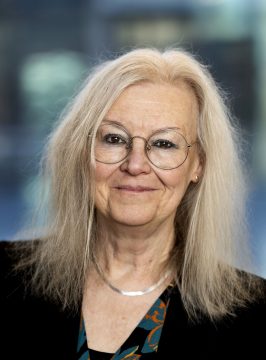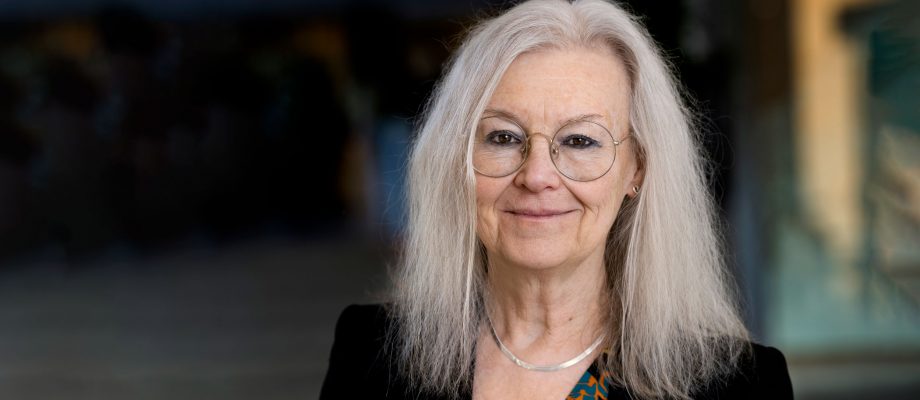RANKING. Professor Annika Rosengren is the sole University of Gothenburg researcher included on a list of the thousand top female medical scientists in the world. While ordinary research rankings are dominated by men, Annika Rosengren points to the difference between low-income and high-income countries as an even greater injustice in the research world.
Published on Research.com, the list is based on data collected from Microsoft Academic Graph in December 2021. It includes thousands of female researchers and their position on the list is determined by their general H-index.
Frequently cited epidemiological research
Annika Rosengren ranks in the middle of the list, at number 437. She has run and participated in many major epidemiological studies. Among others, for many years she has actively collected data from a large group of men and women in the Västra Götaland region who are part of the global population study PURE (Prospective Urban Rural Epidemiological study), which now includes over 200,000 individuals in 27 countries. Results based on PURE have been published in leading journals such as the Lancet and the New England Journal of Medicine.

“The PURE study includes individuals with a wide range of lifestyles and offers the chance to study a wide variety of exposures in various groups. The study results are more general to the global population than studies from individual countries (particularly western countries), and articles from PURE tend to be broadly read and cited,” says Annika Rosengren.
Rosengren and her team run large Swedish registry studies, and she is also part of the group behind SCAPIS. Her focus is currently on the global rise in obesity and the consequences that lifestyle will have on aging and death in the future.
Multiple injustices
The company behind the ranking concludes that academic research as a profession is still male-dominated and wants the ranking to give female researchers a chance to be recognized for their achievements. The aim is to inspire female scholars, women considering an academic career and decision-makers who can influence developments.
Annika Rosengren agrees that male researchers still have advantages, especially because men often choose to highlight other men. However, she wants to call attention to another injustice in the academic research world that does not receive as much attention.
“It isn’t just men that are over-represented in the rankings; so are high-income countries. Researchers at universities in low-income and middle-income countries have fewer resources and thus fewer opportunities to conduct high quality research. This is a structural injustice that is incredibly apparent,” says Rosengren.
A total of 10 female researchers from Swedish higher education institutions are included on the list. In addition to Annika Rosengren, the other nine are active at Karolinska Institutet and Uppsala University. Like other lists that rank researchers, this one is topped by researchers from the United States.
The entire ranking from Research.com is available here: https://research.com/scientists-rankings/best-female-scientists
BY: ELIN LINDSTRÖM











